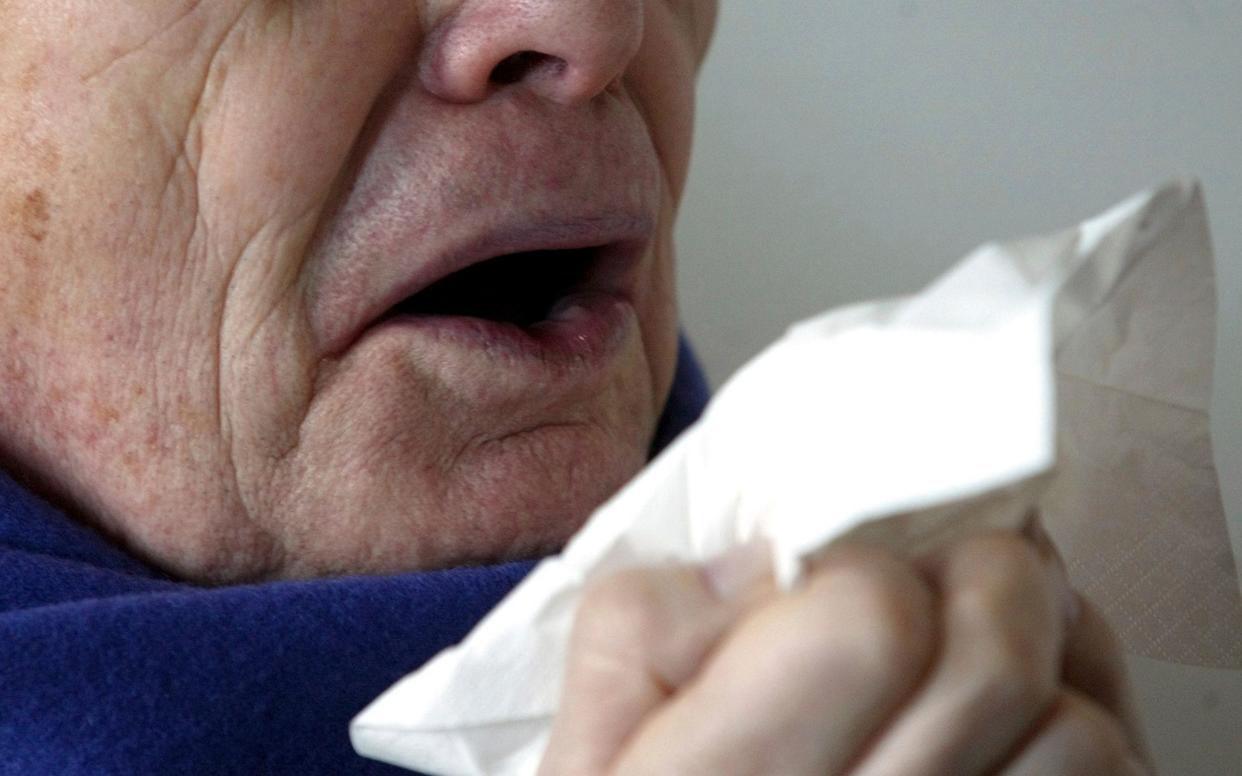Revealed: Why superspreaders are the 'Achilles heel' of Covid 19

Superspreaders are the "Achilles heel" of Covid-19 and developing ways of identifying them is the key to significantly reducing infections, a study has found.
Individuals found to have spread the virus to multiple people could be biologically predisposed to shedding more of it, according to researchers in Denmark.
They should be seen as the "Achilles heel" of coronavirus, they argue, because identifying potential superspreaders and isolating them is a shortcut to seeing cases plummet.
"The most straightforward model of superspreading is that some individuals simply shed the virus to a much greater extent than the average infected person," the study states.
"For Covid-19, this 'biological superspreader' phenomenon has some traction, and is supported by the observation that household transmission is limited, despite the relatively high average infectiousness of Covid-19.
"Superspreading represents an Achilles heel of Covid-19. When only a small fraction of individuals cause the bulk of infections, a reduction in social network connectivity amounts to decreasing the likelihood that a superspreader infects another superspreader and thus propagates the disease.
"Consequently, in a network characterised by superspreading, the outbreak can be stopped by cutting only a few select edges."
Focussing on reducing the number of people mixing together as opposed to reducing how long they spend together could be a first step towards preventing a single person infecting many others, the study suggests.
"Crucially, a reduction in contact time is not necessary when the disease is characterised by superspreading," it states.
"What counts is rather a reduction in contact diversity, meaning the number of different persons with whom you come into contact during the time you are infectious."
It has been suggested that future studies could compare superspreader individuals and see if they share any biological commonalities which make them shed more of the virus, with the aim of controlling their impact on others.
However, scientists are sceptical about how easy it is to reliably identify superspreaders in the first place, or what could conceivably be done to stop them infecting many people.
Dr Simon Clarke, associate professor in Cellular Microbiology at the University of Reading, told The Telegraph: "Superspreading is believed to be a significant problem in the transmission of Covid-19.
"This theoretical study proposes that under such circumstances, most infections are caused by a minority of individuals. That’s interesting, but it doesn’t tell us who these people are or how to mitigate their impact."
Dr Bharat Pankhania, senior clinical lecturer at University of Exeter Medical School, said the only real solution is to limit how many people we come into contact with.
"What we want is to limit our circle of interactions and have our interactions limited to a known group and limit those with unknown groups - which should be blindingly obvious," he said.
"Whilst we can dream of finding the superspreader and removing them from circulation, it's impossible and we don't know who they are. The concept has legs, but the reality is we have to limit circulation with unknown groups.
"It's not possible to target particular groups in any studies because anyone in any age group can be infected and infectious, so how do we find the superspreader?"
To view the study, which is yet to be peer reviewed, click here.

